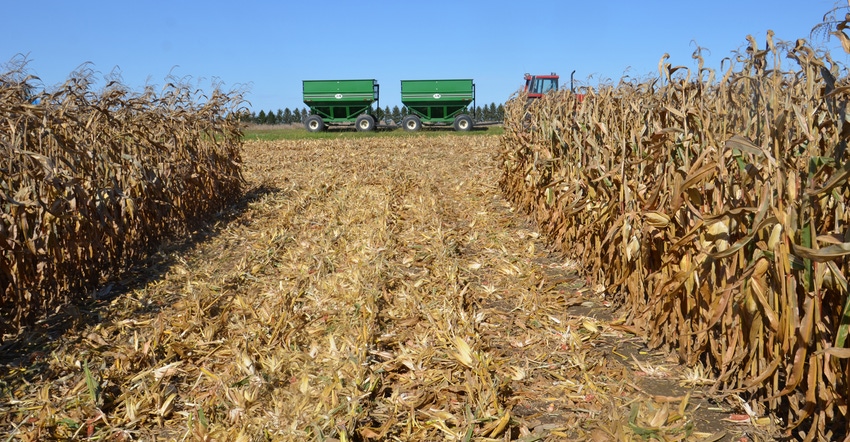
Suppose your soil consultant pulled samples right after you harvested corn this year. When results came back, potassium levels were lower than you expected. Could there be a problem with the results?
“What you’re likely seeing is that potassium tends to be tied up in cornstalks and corn residue at harvest,” says Randall Warden, president and CEO of A&L Great Lakes Labs, Fort Wayne, Ind. “If a relatively large amount of potassium is still in the stalks, it’s not going to show up in a soil test.”
This is one of the situations where time of year can make a difference in soil sampling, notes Jamie Bultemeier, an agronomist and director of sales and marketing with the lab. By spring, potassium would likely be released from those cornstalks and back in the soil, he says. That would tend to result in higher K readings in the spring.
“Most people typically sample fields in a two-, three- or four-year rotation after soybeans,” Warden says. “It’s less of an issue in soybeans, since soybean residue tends to break down much more quickly than corn residue. There’s not as much residue after soybeans anyway.”
The 2019 season messed up cropping plans in some cases, and may have resulted in shifts in what crop was planted where. So, if a field was sampled after corn this year but after soybeans in an earlier year, even if it was in the fall both times, there could be a difference in potassium levels showing up in soil samples not related to removal or fertilizer applications, Warden says.
Bultemeier adds, “We suggest being as consistent as you can with soil sampling. Depth of soil cores is the most important factor. Make sure you sample at the same depth each time. But time of year can also make a difference in some cases.”
About the Author(s)
You May Also Like




